One of the big discussions happening in executive boardrooms these days is where their employees will work in the future and what that place and space will look like. Working from home or working from anywhere (WFH/A) was an exception for most office workers before April 2020. Today it’s become the norm with pluses and minuses that impact far more than many people realize.
The global WFH/A experiment we saw and are still experiencing due to COVID-19 provided an entirely new perspective on the future of work. And even today, I can’t tell you what my preference would be in a hybrid world because WFH/A is a double-edged sword that cuts many ways.
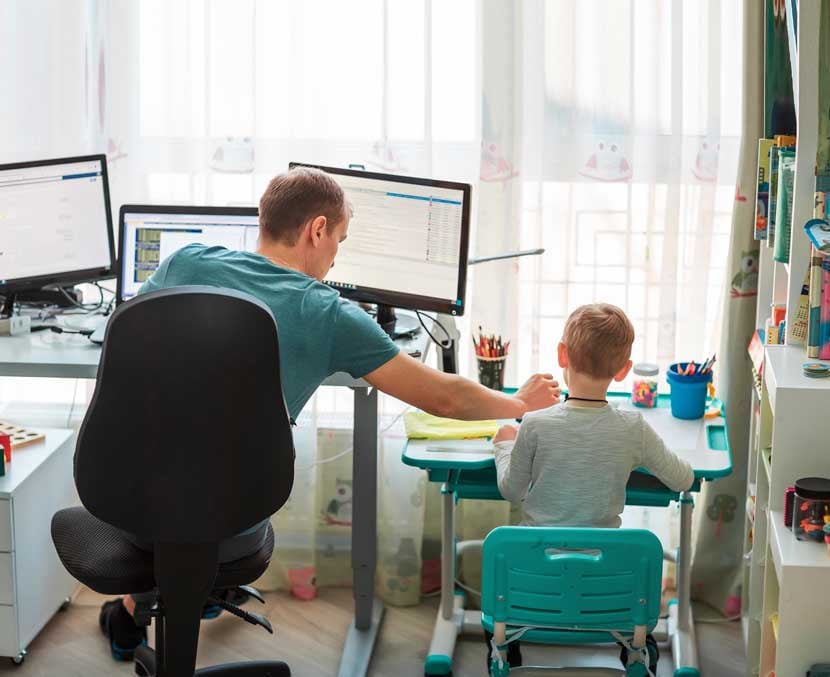
The upsides
I was pleasantly surprised to see the productivity gains we achieved within days of shutting down the offices. It jived with the 2015 experiment that saw productivity increase by 13% when employees opted into WFH/A. When given a choice to continue to WFH/A or return to the office, those who chose WFH/A were 22% more productive than they had been before the experiment – suggesting that people’s freedom to choose what works best for them in their unique situation is a key factor in a workplace’s future.
Midway through 2020, BDG surveyed 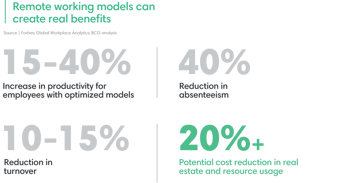 more than 12,000 professionals in the US, Germany, and India to understand their work practices and remote working experiences. It discovered that instead of seeing a decline in employee productivity, which they had expected with the rush for employees to work from home, they saw significant increases.
more than 12,000 professionals in the US, Germany, and India to understand their work practices and remote working experiences. It discovered that instead of seeing a decline in employee productivity, which they had expected with the rush for employees to work from home, they saw significant increases.
The management at the United States Patent and Trademark Office (USPTO) wouldn’t have been surprised. Their 10,000 employees have enjoyed remote working since 2012. Not only did productivity not suffer when USPTO switch its WFH/A policies, but the organization also saved US$38.2M in real estate costs; it also reduced its carbon emissions by more than 44K tons by eliminating commuting in 2015 alone.
WFH/A works very well for USPTO because of the virtual universal nature of how they operate as a unit. There’s really no need to collaborate between the team members whose job is to read, research, and analyze submissions. So, I would argue that the USPTO example doesn’t apply to all other office-based businesses.
But as good as remote working sounds with more flexibility, less absenteeism and turnover, less commuting, lower real estate costs, and access to a broader global talent pool, it does have its drawbacks.
The downsides
Many people miss the social interactions with colleagues and the serendipitous access to information that typically happens in an open office. Some can’t shake the feeling of always being at work, and Zoom fatigue is a real problem, particularly for managers with lots of projects and people to support.

We certainly experienced several challenges within our distributed workforce despite their increased productivity. And we were not alone.
At the FIPP World Congress in 2020, I learned that many publishers’ editorial practices, where a lot of collaboration traditionally added value to people’s workday, suffered. A number of newspaper and magazine executives said they couldn’t wait for the day when they could bring collaboration back into the newsroom.
The same happened on board shipping and container vessels. Because of the pandemic restrictions on transit and travel, up to 400,000 seafarers spent 17 months offshore without a break. Many were unable to access the internet to connect with home or read news and entertainment to escape the boredom and stress. Some maritime companies offered access to hundreds of newspapers in multiple languages to crew members, but unfortunately, not all. As a result, many crew members’ mental health suffered.
So I wasn’t surprised to learn that a Gensler study found:
- Only 12% of US workers want to work from home full-time,
- 44% never want to work from home, and
- 70% want the majority of their work to happen in the office under “certain conditions.”

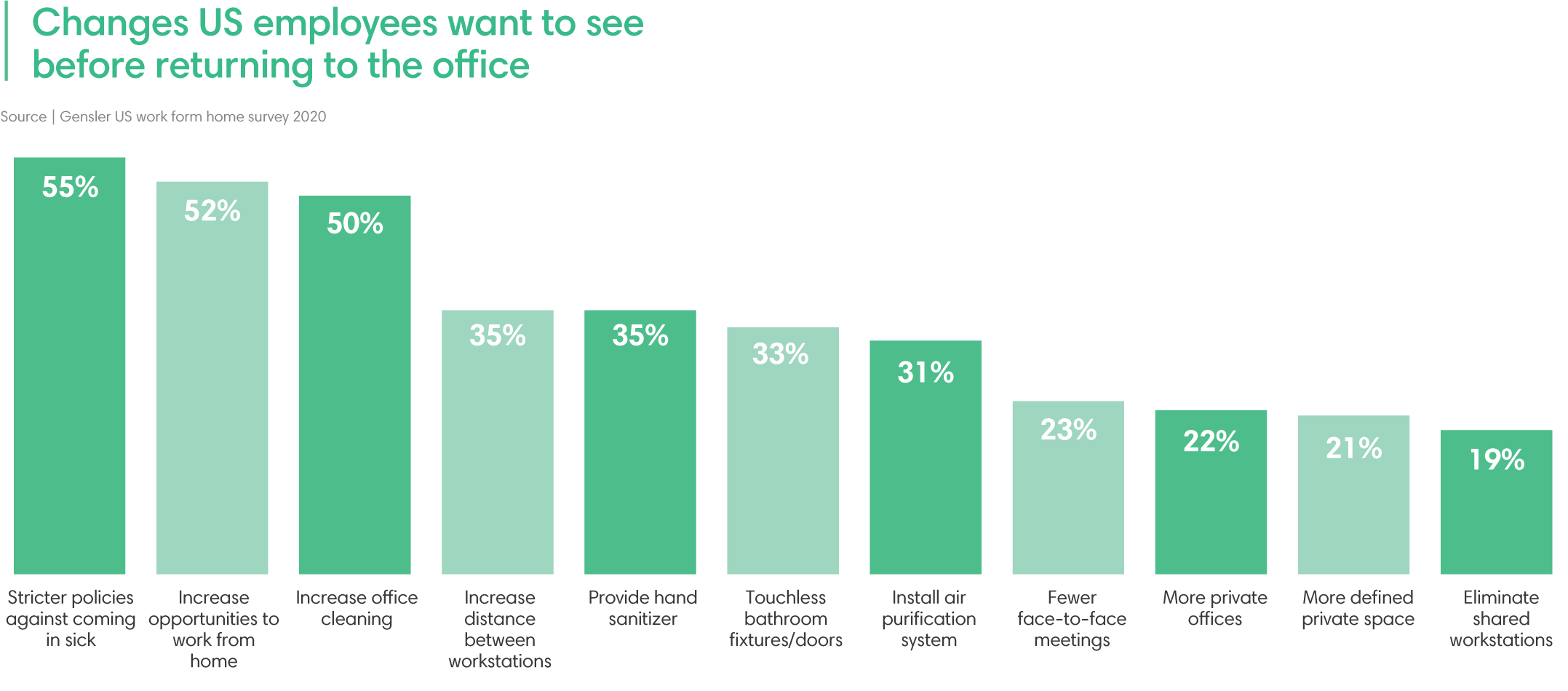
There’s a lot to miss by not being physically together despite the improvements in remote working technology. Zoom is a great tool, and I can’t deny it’s been a lifesaver in many ways at PressReader, but it can’t replace what people value the most – the company of their co-workers. Human beings need social interaction, and no technology can ever replace face-to-face contact.
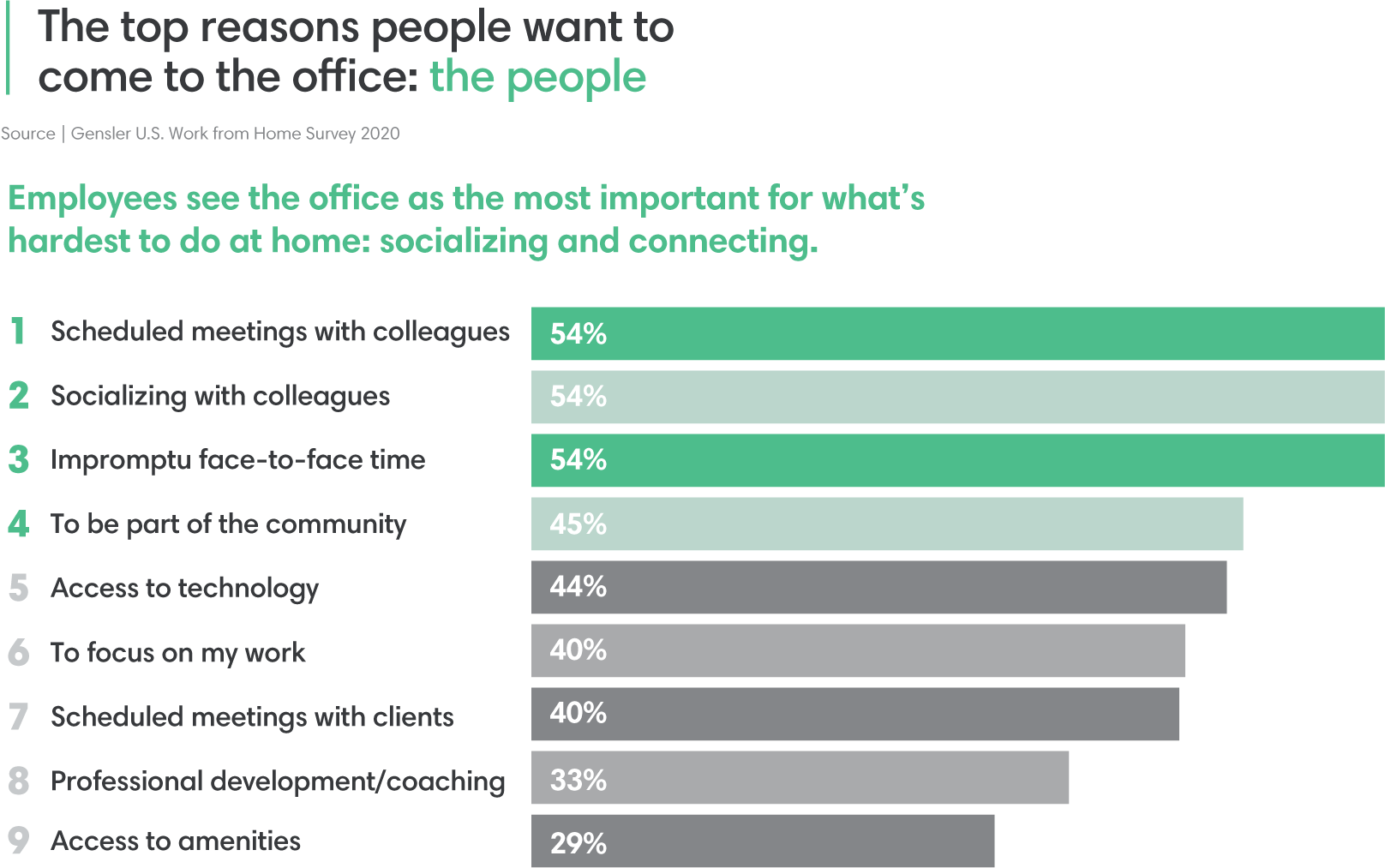
Many of these sentiments are shared in our company as well. Our employee base of over 500 is one of the most international and diverse I’ve ever seen. It still boggles my mind that 26 languages are spoken inside our headquarters alone.
But instead of moping about the house missing friends and colleagues and the other things our office offers — free healthy food and beverages, for one — many of our staff found creative and fun ways to reconnect with each other online. Some employees even invited us all virtually into their homes to see how they were managing remote working.
 Groups also scheduled virtual Coffee Breaks with the rest of the staff to share what was happening in their departments. They talked about how they were addressing the same challenges others were facing, and used the time to have some fun.
Groups also scheduled virtual Coffee Breaks with the rest of the staff to share what was happening in their departments. They talked about how they were addressing the same challenges others were facing, and used the time to have some fun.
Recently the Hospitality team shared recipes for international foods and cocktails and offered up bizarre craft beer recommendations. One of their Spanish members shared her best songs for dancing the flamenco, which she does amazingly well. The things you learn about people have been fascinating during the pandemic.
Trivia contests were a big hit during Coffee Breaks and came with some pretty cool prizes. How’d you like a staycation at Hotel Blu Vancouver? We do love our partners (and they love us back)!
During our annual Christmas party, which was virtual (appropriately re-named the Holiday Zoom Gala), of course, we decided to adopt some of the things that worked well in a virtual setting like the Coffee Breaks. The quizzes, which offered up generous prizes, were a huge success. The ugly sweater contest was a hoot, as was the winner for the best costume. We also modified the style of our typical year-in-review video with one that had a light-hearted 2020 twist to it. Employees loved it and immediately started sharing it with loved ones at home. It felt good to see everyone so engaged and happy.
Reflecting on our year-end and Behind-the-Scenes videos and attending Coffee Breaks made me both happy and sad. I’m so honored to work with these fantastic people, but I miss the face-to-face camaraderie we had in the office. I hope that soon, remote working will be just an option, not a necessity.
Laws, taxes, and city planning implications
Besides the challenges mentioned above, many other implications came from WFH/A practices. Taxes are a big one. If an employee works anywhere other than in the employer’s office, does that home-office suddenly become a Permanent Establishment of the employer in terms of income taxes?
A number of the countries part of the OECD subscribe to the shared principles of international taxation. One of those principles is that the profits are taxed in the country where those profits were generated. So, if an employee decides to work from another country, does that mean that the country’s/state’s government can claim the profits and resulting taxes generated out of that office?
While a few remote employees scattered across jurisdictions won’t cause any serious issues for a company, businesses that have committed to adopting a 100% WFH/A strategy could find themselves liable for taxes in places they never imagined.
Another issue to WFH/A is the fiscal impact it has on municipalities. Suppose companies no longer see the benefit of having a centrally located office, and employees find they can work anywhere. What happens to the local shops, bars, and restaurants that once supported those workers? What happens to the city budgets built on corporate and property tax revenues? What about the establishments that served the so-called night economy that encompasses those working from 9 pm to 6 am? The UK saw this happening during COVID and rushed to reopen its cities because businesses were dying.
 Here’s an example closer to home. As part of its commitment to address the climate emergency, the City of Vancouver plans to toll its roads into the city center by 2025 to reduce congestion and incentivize public transit use. We’re already seeing people moving out of the downtown core to buy larger, less expensive homes in the suburbs where they can have home offices and more room to raise their families. As the number of commuters drops over the next few years, those traffic tolls won’t make much of a dent in the city’s fiscal deficit.
Here’s an example closer to home. As part of its commitment to address the climate emergency, the City of Vancouver plans to toll its roads into the city center by 2025 to reduce congestion and incentivize public transit use. We’re already seeing people moving out of the downtown core to buy larger, less expensive homes in the suburbs where they can have home offices and more room to raise their families. As the number of commuters drops over the next few years, those traffic tolls won’t make much of a dent in the city’s fiscal deficit.
Future trends
According to Gartner’s future work report, four trends have accelerated as a result of COVID-19. Remote working is at the top of the list. But what does that do to the entire infrastructure in terms of office size, layout, and location? What’s in post-pandemic, and what’s out?
Remote working is here to stay
In the summer of 2020, workplace consulting firm Global Workplace Analytics and video technology company Owl Labs surveyed 1,388 employees to get their impressions of the WFH experience. 82% said they would like to continue working remotely post-pandemic, either in a hybrid or full-time capacity.
Between August and November 2020, Becker Friedman Institute for Economics at the University of Chicago asked 10,000 workers about their WFH efficiency. Employees reported that WFH was at least as productive as working in the office; 30% said it was more productive.
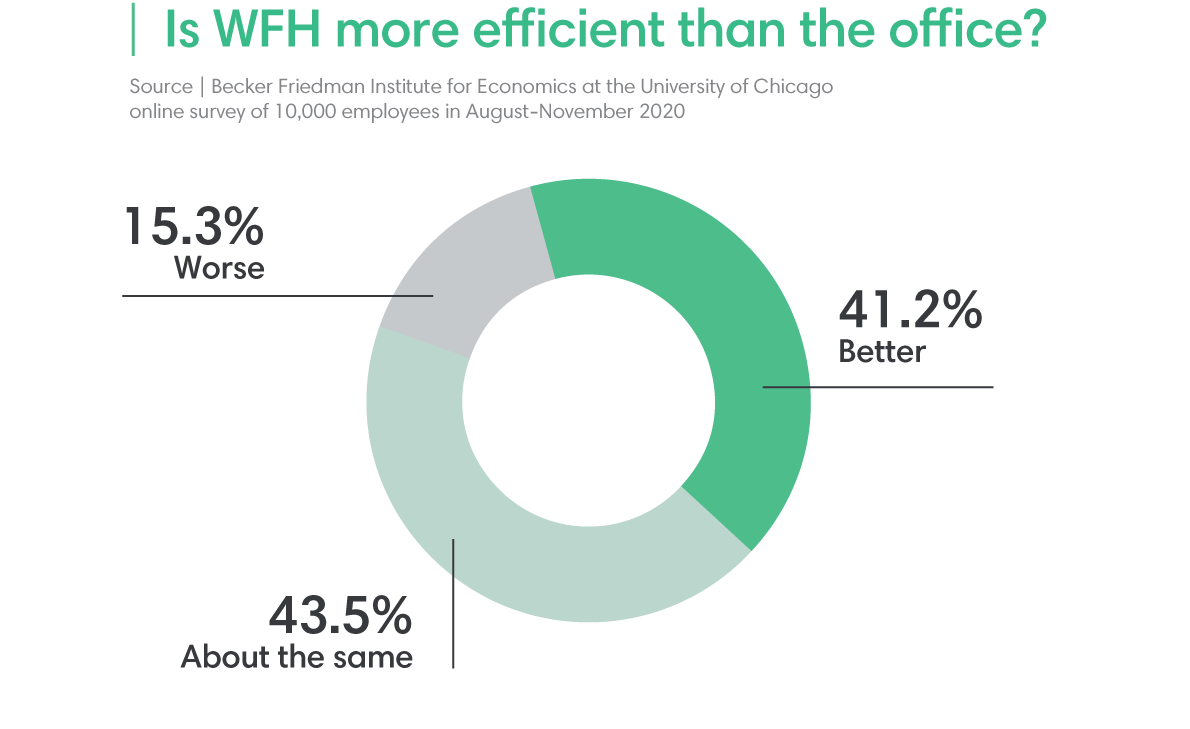
So it shouldn’t come as a surprise that 86% of respondents in GitLab’s survey of 3,000 people across various industries, roles, and geographies, believe that remote work is the future of work. BCG research found that managers in Europe expect that close to 50% of their workforce will work in a hybrid home-office model, with 2/3 of white-collar employees given the option to work onsite or remotely post-COVID.
Many US companies have already pledged to make WFH/A permanent, including Twitter, Facebook, Square, Slack, Coinbase, Box, and Group PSA. The same is true of Canadian Shopify. At Google, WFH will be the predominant scenario until the summer of 2021, followed by a hybrid approach after that, according to CEO Sundar Pichai. Can you imagine how much commuting costs (financially and greenhouse-gas-emission-wise) will decline in Silicon Valley? I guess there’s always a silver lining, even in a crisis.
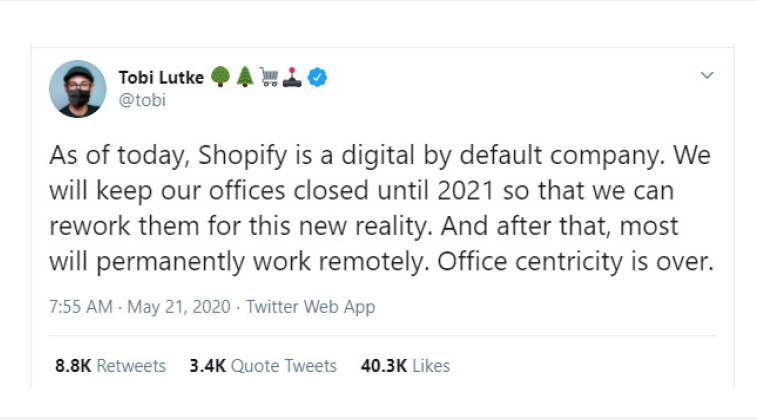
But managing a remote workforce, especially at scale, is not without its challenges. According to eMarketer’s Q4 2020 report, The Sustainability of Distributed Work Models, significant disconnects were brought to light between what employers and employees thought about support during the pandemic.
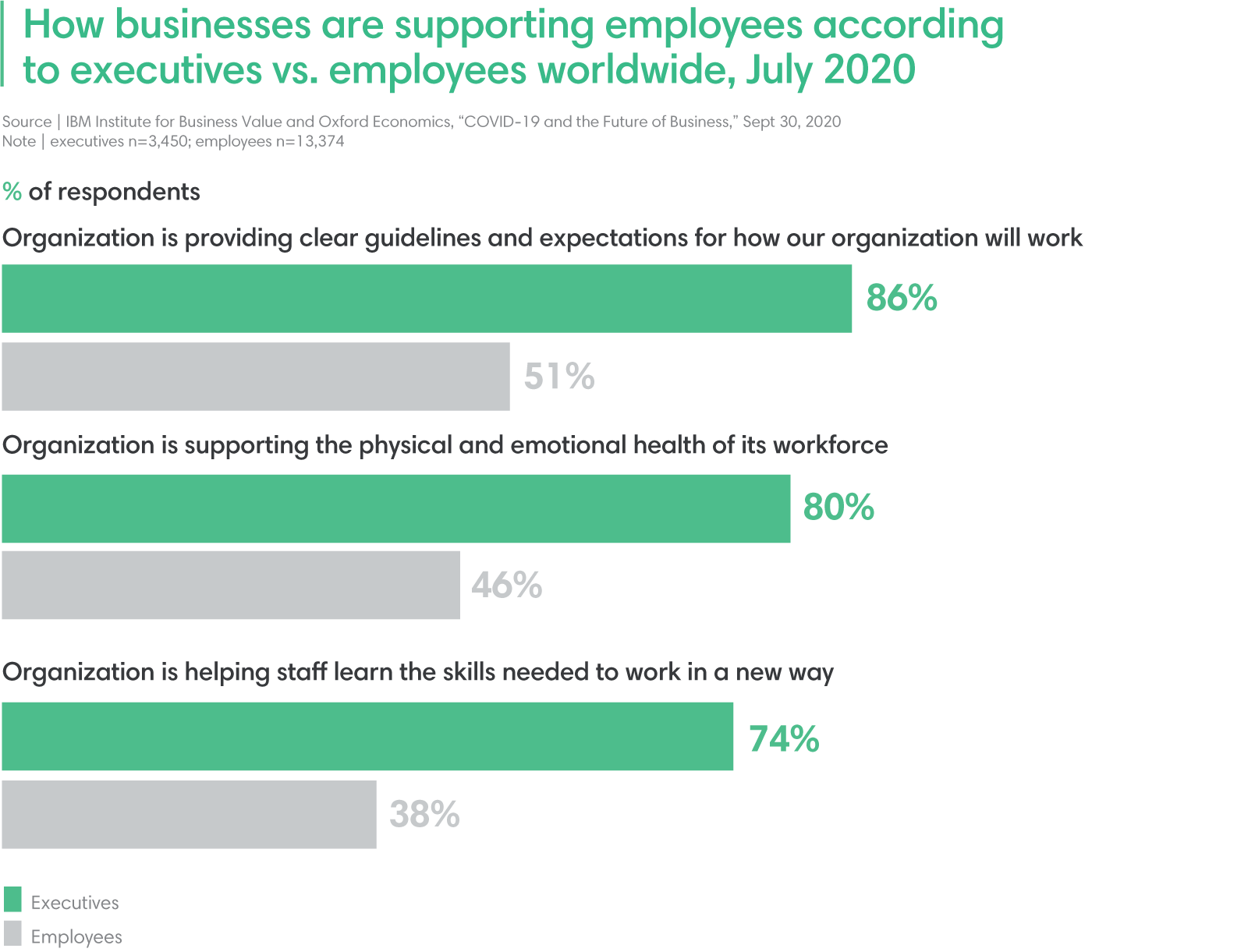
In the spring of 2020, business executives everywhere scrambled to figure out how to implement remote working with the best intentions, but mistakes were inevitable. Months later, there is a perception-versus-reality gap that needs closing.
It could be a case of unrealistic expectations by staff members, but it’s also an opportunity. If you’re one of those executives scratching their heads over this disconnect, why not double down your efforts to understand why your staff believes what they do so you can bridge the gap. Listen, empathize, and act. You might be surprised how well that can serve you going into 2021.
Open office layouts will change
In Q3 2020, commercial real estate firm, Savills, surveyed 250 US technology companies about their office design plans post-COVID.
- 80% say they’ll need less office space in the next 12 to 18 months; 55% plan to dispose of some during the same timeframe.
- Before the pandemic, 46% of companies only had an open floor plan, and of those, a mere 22% said they would keep them that way.
- In terms of density, 34% of companies with open floor plans say they plan to increase the square footage per employee.
During the pandemic, we instituted numerous safety, hygiene, and social distancing protocols to allow those who couldn’t effectively work from home, return to the office if they wanted. Only about 10% chose to do so.
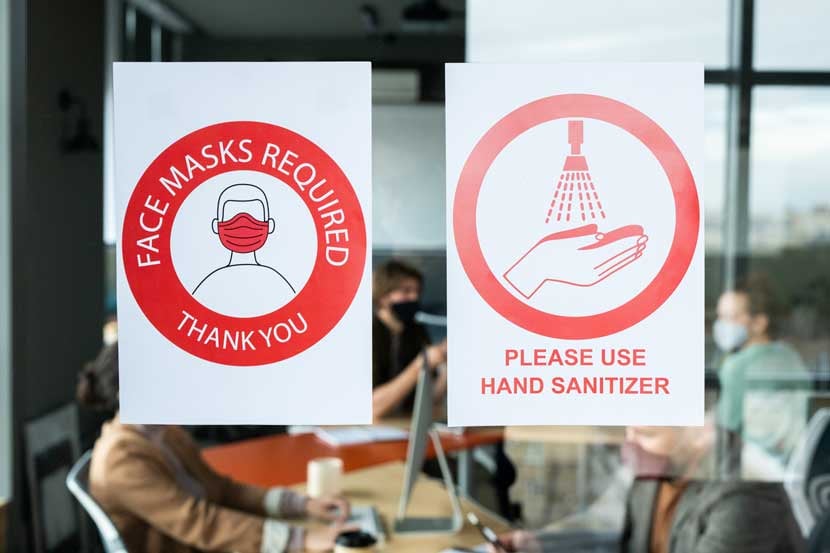
For the other 90%, it wasn’t easy to coordinate their time in the office with their team members and effectively collaborate while maintaining distancing. Multiply that by about 20-30 teams, and you have a desk assignment remapping nightmare.
The jury is still out on what our office will look like in a post-COVID world. I know I will miss the ease of collaboration and communication we once had if we decide to return to walled offices, but safety has to come first.
I’d love to know how your company is leaning in terms of remote working in the future. We can all learn from each other, so let’s talk.
Note: This article was originally published in the April 2021 edition of The Insider on PressReader.com








